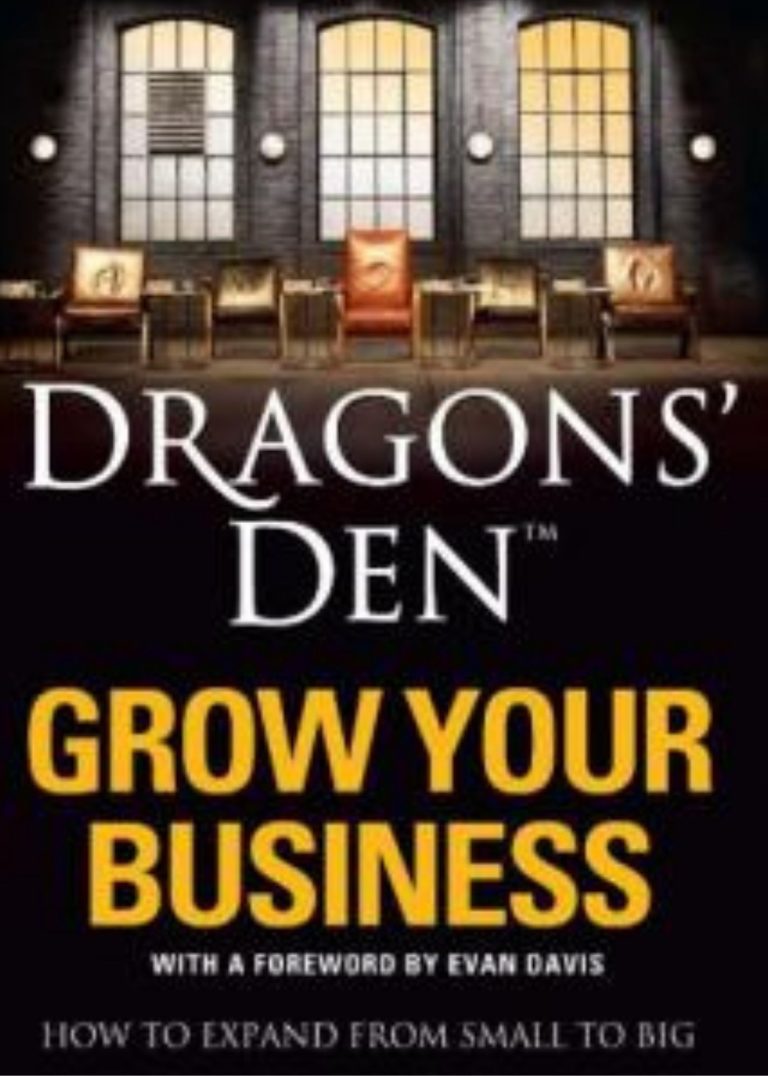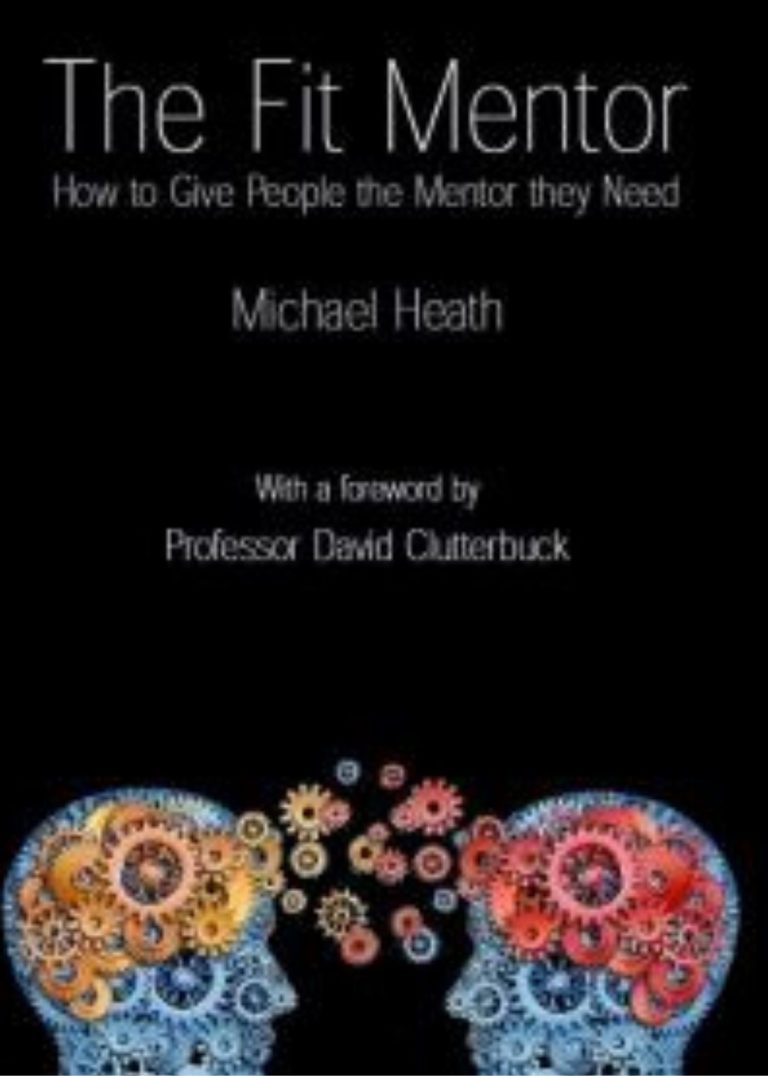In the second of three articles, we build on the careful preparatory activities explored in Part One by looking at how questions can be carefully structured. Why? Well, it should be our candidate who is talking most of the time. Good questions make sure that happens!
Now you’re ready. You’ve been through the job description and analysed the skills needed for the job. You’ve decided which skills you particularly want to explore, and compiled a list of questions that will help you find out if the candidate has the experience you’re looking for.
On the day of the interview, you confidently look up and ask:
“Of course, handling pressure is a key requirement of this role. Is that something you’ve had experience in?”
“Oh yes,” they confidently reply. “Lots!”
“Err, good…”
And suddenly things aren’t going quite as you planned. Every question meets with a crisp, snappy “Yes” or “No”, but somehow you don’t seem to be finding anything out about their skills at all.
Why ever not? Well, perhaps Kipling’s advice may help: “I keep six honest serving men (they taught me all I knew): their names are What and Why and When and How and Where and Who.”
Open Questions are Vital
The key to interviewing is to ask questions that open the candidate up; that invite them to take the floor. Questions that let you see just how much experience they really have, and give you the opportunity to probe their answers and test just how plausible the responses are.
As with so much in our working lives, a structured approach often yields the best results, and the structure favoured by many of the leading recruiters is called the ‘Question Cycle’.
The Question Cycle explained
The Question Cycle is really three steps that you go through with the candidate each time you explore a certain area of skill. In short, it can be described as:
- Setting the scene
- Asking about past performance
- Probing for more detail
Scene Setting Questions
These questions are really introductions to the area that you want to discuss. They begin to prepare the candidate to think about a specific criterion that you are going to explore:
- “I’d like to talk about teamwork. You say you’ve a close relationship with your colleagues. How many are there in the team?”
- “I noticed in your current role that you regularly liaise with customers. Do you enjoy that aspect of your work?”
Notice that both examples are really only serving to ‘flag up’ a specific area of conversation. It is the next question that will really allow the candidate to ‘open up’.
Past Performance Questions
Equal Opportunities legislation demands that all candidates are asked the same questions. It is the past performance question that meets this requirement: they must be asked of every candidate you interview.
These questions attempt to elicit evidence of how the candidate has performed specific tasks.
- “Tell me about a time when you felt the team faced a particularly difficult issue. What part did you play in the resolution of that issue?”
- “Tell me about an incident where you had to deal with a challenging individual you were actually trying to assist. What happened?”
You’ll recall that in last month’s article we made the assertion in Part One (Preparation) that ‘Past performance is often the most accurate indicator of future performance.’ That’s why these questions will often open with “Tell me about…” or “Give me an example of a time when…”
Your candidate is talking. Great! But how can we explore the credibility of their answers? That’s right, through ‘more detail’ questions!
More Detail Questions
These questions are usually asked to try and establish more detail about:
- Exactly how a task was performed
- The candidate’s feelings, or the reasons behind their actions
Examples of ‘more detail’ questions might be:
- “What were the techniques you used to calm your colleague down?”
- “How did you feel when the person you were trying to help was so rude?”
Sending the Right Signals
So there we have it. Questions, which we’ve taken the time to thoroughly prepare, delivered with a professional panache that makes sure you are sending all of the right signals to prospective candidates.
Is that all there is to it? Well not quite. How many people should be conducting the interview? One, two, three or more? And who asks what questions? And what do you do about making candidates welcome?
Don’t worry. Answers to all of these questions – and more – will be covered in Part Three: Getting it Right.






